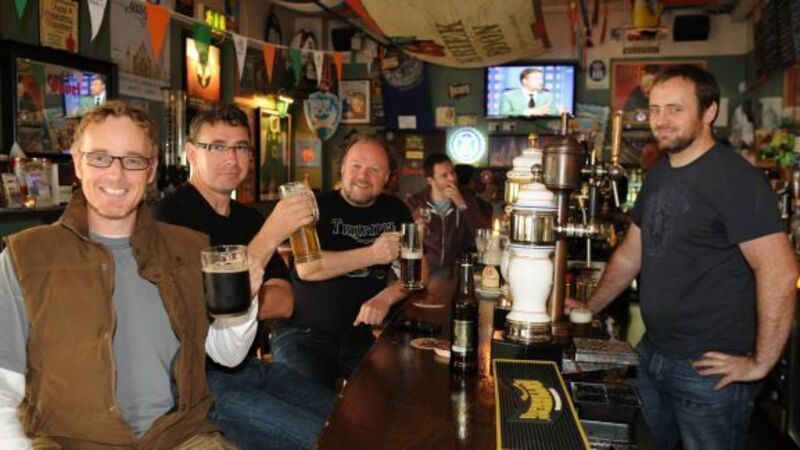Raising a glass to our new love affair

BEER and football have long been happy bedfellows, and, despite our ignominious departure from the Euro 2012 football tournament, most fans cheerfully took the opportunity to imbibe more than their fair share of the amber nectar. Not surprising, given that we have been using beer to drown our sorrows, or to celebrate, for much of human history; the oldest known beer recipe is from Mesopotamia 4,000 years ago.
However, in the world of Irish beer there are changes afoot. When we first qualified for the Euro Championships in 1988, stout and lager were the beers of choice for the predominantly male fan base, with other, more exotic drinks, such as wine, reserved for women, foreigners and, maybe, an outlandish event like a dinner party.











